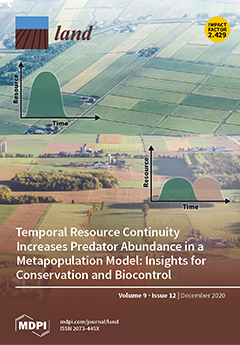Resource information
Since the Second World War, Poland has been undergoing an intensive process of transformation of the economic structure of rural areas, manifested, among other things, in the change in the occupational make-up of its inhabitants. The development of non-agricultural methods of management in rural areas has led to the emergence of multifunctional rural areas, where the role of agriculture as a source of income for the inhabitants is decreasing. There is a process of deagrarianisation of the economic structure, which has been indicated by many researchers as an unavoidable process, connected with the changes taking place in rural areas. One of the effects of this process are changes in rural settlement patterns. The aim of this article is to present the spatial effects of the deagrarianisation process in the Polish countryside, expressed in the changes in the rural settlement network. The authors used the statistical database of the Central Statistical Office (over 41 thousand records) to draw up the classification of rural areas by the nature of changes in population numbers in the period 1950–2011, which was compared with the research carried out as part of the Monitoring of Rural Development in Poland. The study confirmed that the factor behind the evolution of the rural settlement network is the process of decreasing agricultural demand for labour. As a consequence, there is a polarisation of localities into multifunctional rural localities, mainly headquarter villages and local government offices, and those with a predominantly agricultural function. On a supra-local scale, a process of polarisation of rural areas between a growing suburban population and a reducing peripheral location around large and medium-sized towns has been observed.


